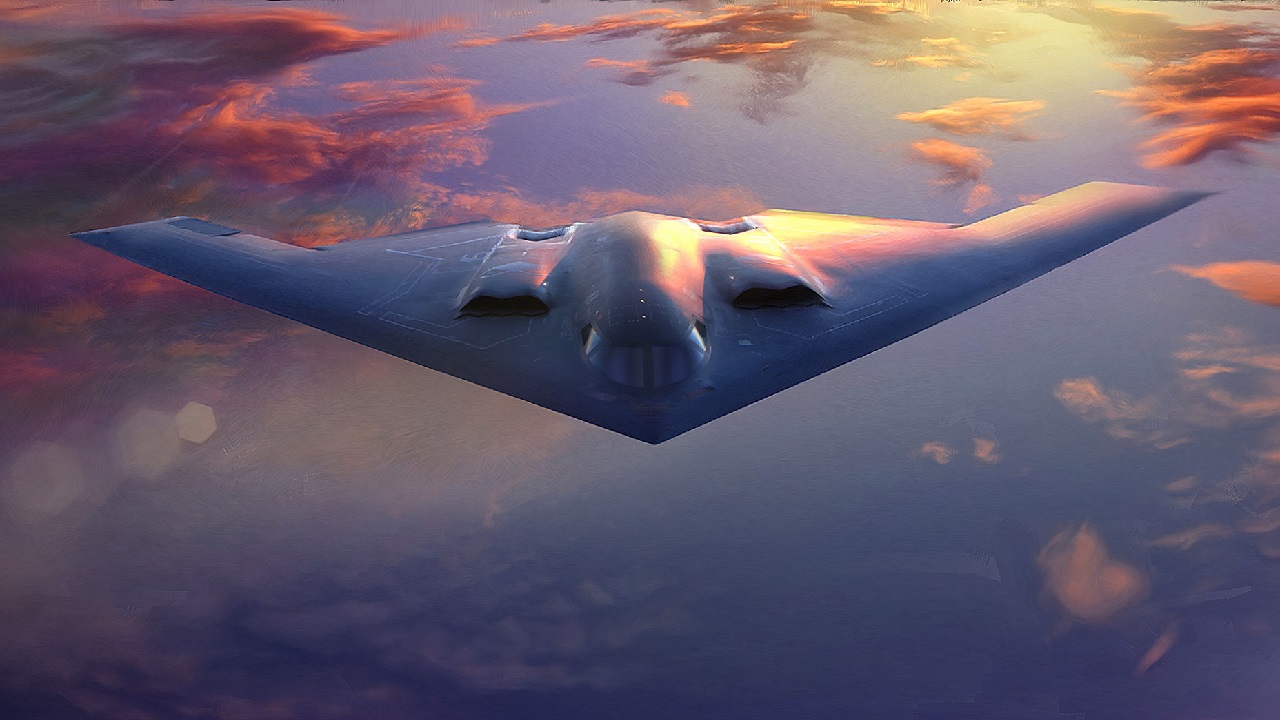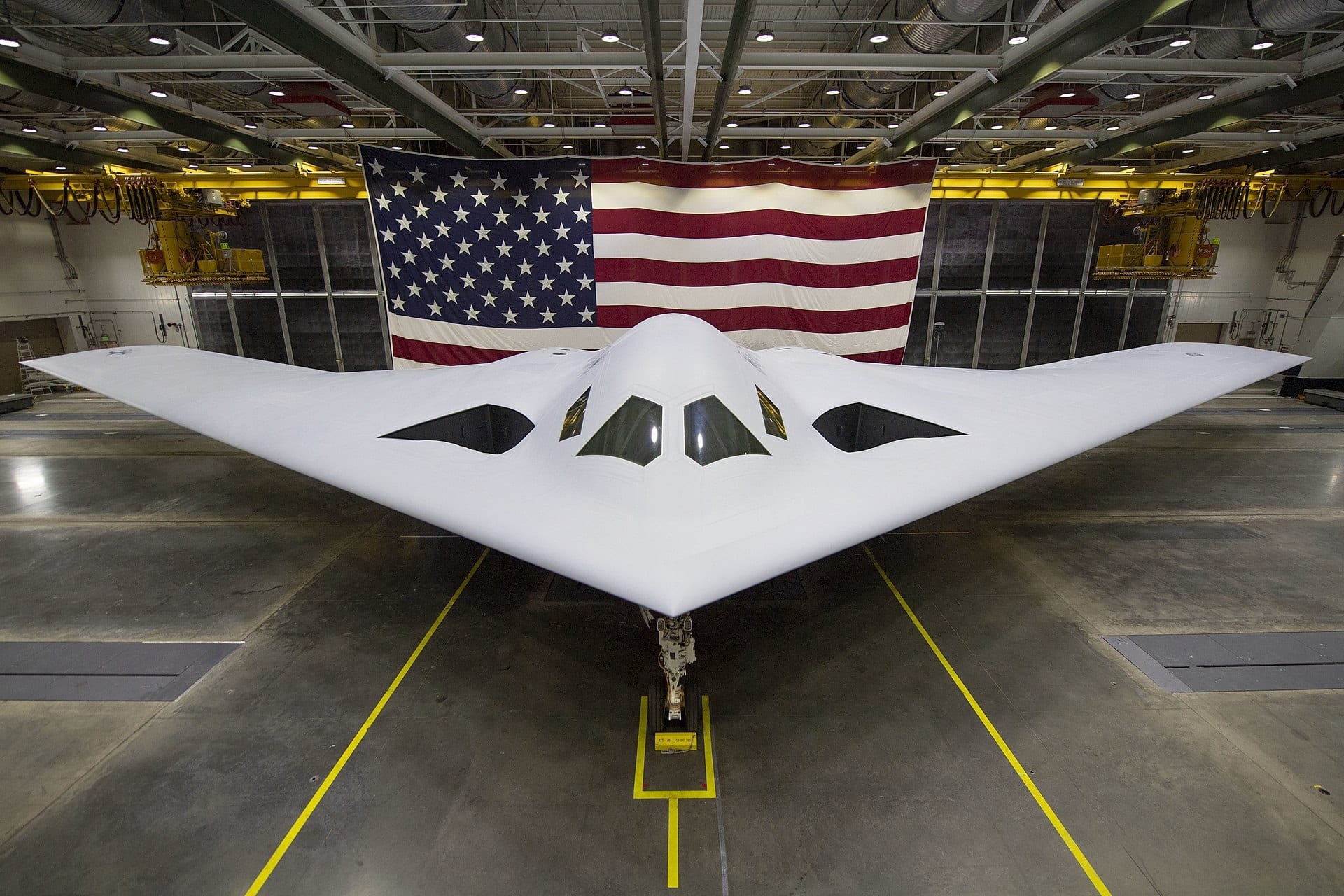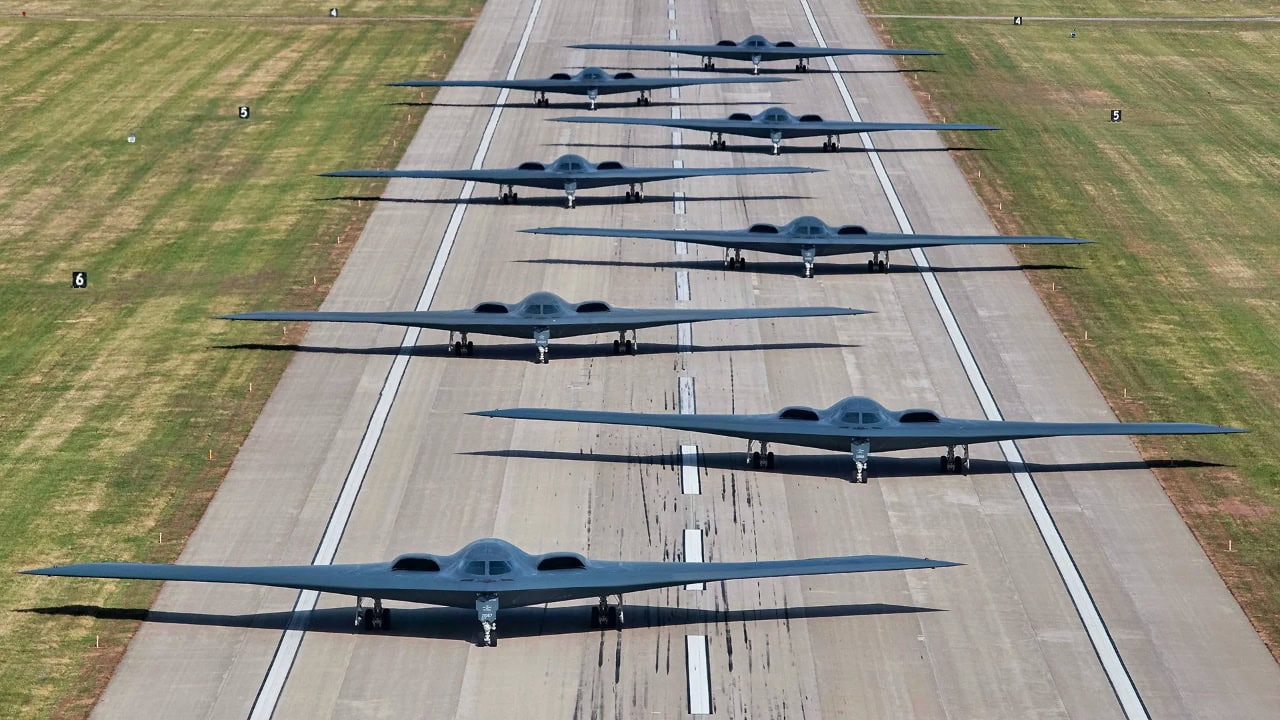The B-2 Spirit Is Training for War – Article Summary and Key Points: The U.S. Air Force concluded Bamboo Eagle 25-1, a large-scale training exercise across Hawaii, Guam, California, and Florida involving over 10,000 personnel from multiple nations. The drills tested the U.S. military’s ability to sustain operations over vast distances, emphasizing readiness and integration among allied forces.
-Exercises highlighted the B-2 Spirit’s long-range capabilities, crucial for strategic deterrence in the Indo-Pacific region.
-The event also underscores challenges, such as reliance on aging refueling tankers, which pose logistical hurdles for future stealth bombers like the B-21 Raider.
Bamboo Eagle illustrated both U.S. strengths and vulnerabilities, emphasizing the need for modernized aerial refueling platforms.
Inside Bamboo Eagle: America’s Massive Indo-Pacific Air Exercise Featuring B-2 Stealth Bombers
The United States Air Force Warfare Center recently concluded Bamboo Eagle 25-1, a series of operations in Hawaii, Guam, California, and Florida that involved over 10,000 service members from the United States and other countries.
The exercises were designed to test sustainment in simulated, long-range environments and put technicians and maintainers responsible for weapons, fuel, and early warning radar through their paces. It also saw airmen from multiple countries working together and integrating their capabilities.
A collection of photos from the exercise are available here.
“Bamboo Eagle provides us an opportunity to align with the warrior ethos mentality,” said Lt. Col. Joseph Manglitz, 393rd Expeditionary Bomb Squadron commander, in a PACOM statement on Bamboo Eagle.
“It’s one thing to train at home — and we train hard at home — but it’s even better to bring a subset of our base on the road here and work together to generate air power alongside the rest of the combat air force and our allies.”
“From the perspective of the B-2, this exercise was a real test,” Lt. Col. Manglitz said. “And when we’re able to overcome challenges and succeed in these simulated combat environments, that really bolsters this idea of warrior ethos within each and every one of us.”
Tyranny of Distance and B-2 Bomber
The majority of Bamboo Eagle took place over the Indo-Pacific, and that’s by design: it’s the largest theater in the world. And while the United States does have a number of air bases throughout the Pacific, the distances between them are immense. But it is in this environment that the B-2 Spirit excels.
The B-2 is the cornerstone of the airborne leg of the United States nuclear triad, a powerful reminder to adversaries that the United States can strike virtually any location on Earth with a nuclear payload.
The B-2’s exact range is, of course, classified but estimated at nearly 7,000 miles, which increases to about 12,000 miles with the aid of tanker aircraft and aerial refueling.
The United States has recently made investments in its basing position in the Indo-Pacific. The runways at Tinian, long dormant and overgrown, have been cleared and repaired, expanding that island’s capabilities. The United States built the airbase infrastructure there during the Second World War, when American B-29 bombers flew sorties from there against Imperial Japan, including attacks on the Japanese mainland.

B-2 Spirit. Image Credit: Creative Commons.
The United States has other air bases sprinkled throughout the region, including three in Japan, a pair in South Korea, at Diego Garcia, the Philippines, Singapore, and as well at Alaska and Hawaii. Plans are currently in the works for upgrades to infrastructure in the Northern Mariana Islands.
But despite the B-2’s formidable capabilities, it will be superseded by the B-21 Raider bomber, the United States Air Force’s next-generation strategic stealth bomber.
B-21 Raider Bomber Is Coming
Though the B-21 Raider, named after the Doolittle Raid against Japan in 1942, is outwardly similar to the B-2 Spirit, U.S. Air Force officials have said that it will be the first sixth-generation aircraft within American fleets. Itself a highly classified program, the Raider is undergoing fight tests, and the U.S. Air Force will buy 100, potentially even more.
Advanced stealth coatings are expected to give the Raider a smaller radar-cross section than the B-2 Spirit, though its payload capacity could prove to be slightly lower than its predecessor. Remarkably, the Raider’s range could also be less than that of the B-2 as well.
Aerial Refueling Bottleneck
The Raider’s unrefueled range could be as low as 2,500 miles, which could put it behind the H-20, China’s upcoming stealth bomber. But like many combat aircraft, that range could be extended thanks to aerial refueling tankers.

The B-21 Raider was unveiled to the public at a ceremony December 2, 2022 in..Palmdale, Calif. Designed to operate in tomorrow’s high-end threat environment, the B-21 will play a critical role in ensuring America’s enduring airpower capability. (U.S. Air Force photo)
Though the United States operates a significant fleet of tanker aircraft, those platforms are iterative variations of commercial aircraft as well as other Cold War-era jets and would struggle to survive in a contested aerial environment. In recognition of this pressing issue, the United States Air Force initiated the Next-Generation Air Refueling System (NGAS), an effort to design and build a stealthy, unmanned tanker that would be significantly more survivable than current aerial refuelers.
However, the Air Force put the kibosh on that program just recently, citing cost overruns and leaving America’s flying branch without a stealthy alternative.
Into the Future
Given the much larger size of the anticipated B-21 Raider fleet compared to the 20 B-2 Spirits, an enormous increase in tanker demand is on the U.S. Air Force horizon, one that is greatly exacerbated by the jet’s more modest range. During a war in the Indo-Pacific, a fuel bottleneck could be a very real possibility.
Unless the U.S. Air Force can field a robust fleet of survivable air-to-air refueling platforms, a great deal of strain will be placed on the current fleet, one that may limit the sorties of not just B-21s or B-2s but the entire U.S. Air Force more broadly.
About the Author: Caleb Larson
Caleb Larson is an American multiformat journalist based in Berlin, Germany. His work covers the intersection of conflict and society, focusing on American foreign policy and European security. He has reported from Germany, Russia, and the United States. Most recently, he covered the war in Ukraine, reporting extensively on the war’s shifting battle lines from Donbas and writing on the war’s civilian and humanitarian toll. Previously, he worked as a Defense Reporter for POLITICO Europe. You can follow his latest work on X.

